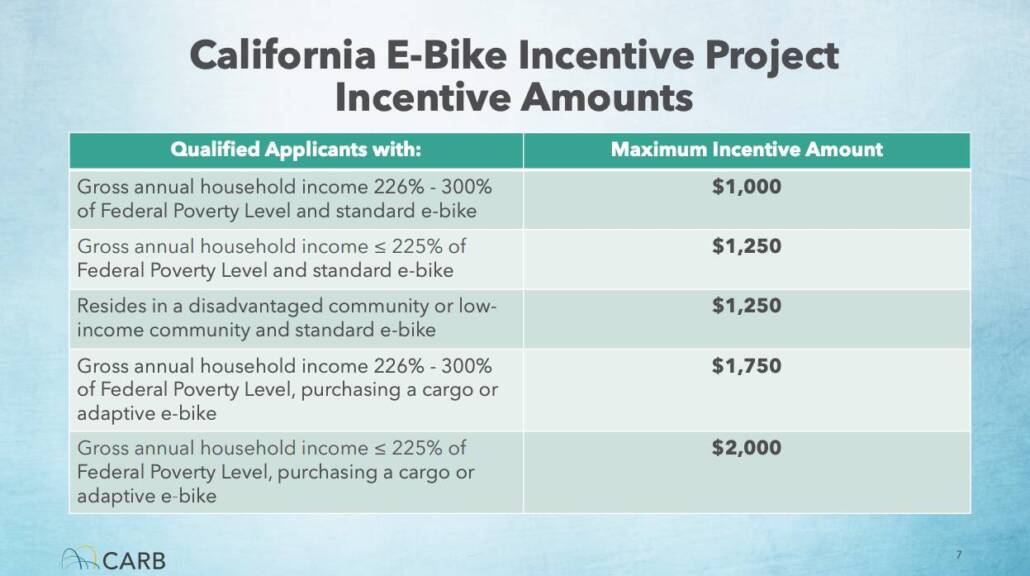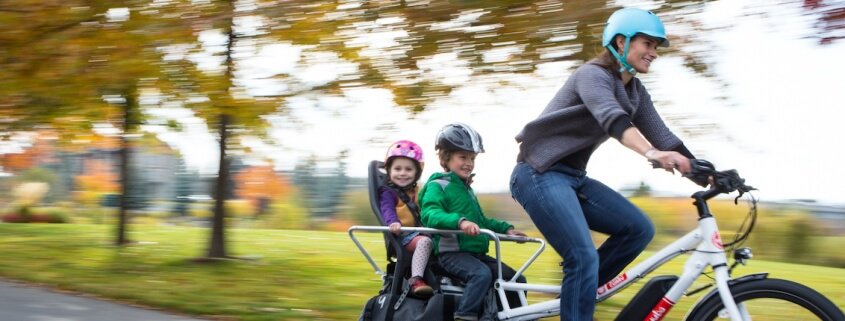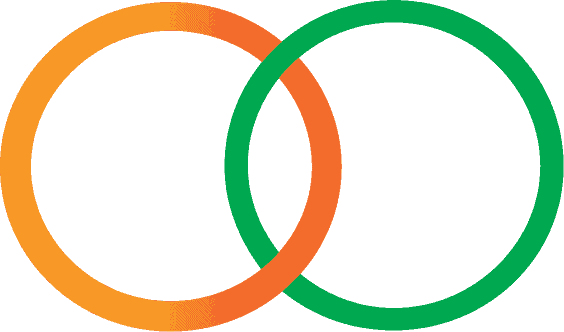E-Bike Incentive Project Work Group: Project Implementation
On March 14, 2024, the California Air Resources Board (CARB) held a public work group to discuss the current status of the E-Bike Incentive Project and get feedback on two possible implementation schedules.
Status and launch window for statewide e-bike incentives
CARB reported that the soft launch is underway at the moment and going well. Incentives for the soft launch, which is meant to test the systems for administering the program, are only available to applicants identified by selected community based organizations (CBOs); no applications are open to the public yet. They expect to distribute about 100 vouchers through the soft launch.
The launch is planned for the spring of this year. We’ve heard that before, but based on the work group and other discussions with CARB and the project administrator, we believe it will happen soon. At the work group, CARB said the incentive availability timeline would be announced in April.
Currently, the program is working on expanding the list of eligible e-bikes and onboarding more CBOs to assist with outreach. Several speakers at the meeting expressed interest in their organization becoming a participating CBO.
Program clarifications from the Q & A section of the meeting included:
- Eligibility for the program, which is limited to people with income at or below 300% of the federal poverty level, will be determined by your last year’s tax return.
- Each person can only get one voucher, but there’s no limit by household as long as applicants are over 18.
- The California vouchers are stackable with local e-bike incentive programs. For example, if you got a $1,000 voucher through the California program and a $500 incentive from your local utility, you could apply both toward the purchase of one bike, giving you $1,500 toward your purchase. Some local organizations reported that they are designing their programs to coincide with the statewide launch, so recipients can stack vouchers.

The most exciting piece of new information at the work group was the confirmation that a total of $31 million will be available for the E-Bike Incentive Project in 2024. That’s the original $10 million allocation from the legislature, plus $3 million CARB added, plus $18 million CARB put in its current budget as part of its clean transportation programs. That should be enough to fund around 15,000 incentives. It’s still not enough to meet the likely demand, but it’s considerably more than the original budget.
Voucher distribution: one window or three?
The purpose of the work group was to get feedback on how best to offer the vouchers. CARB floated two plans: make all funds available on the launch date or roll out the vouchers in three stages, one in each of the remaining quarters of 2024.
An advantage of a phased rollout would be allowing more time for the populations this program wants to reach to find out about the incentives. Additionally, people who have a hard time accessing a computer or filling out paperwork would get more opportunities to apply. And the administrator and CARB would have more time to adjust the program between each application window.
The discussion got sidetracked into e-bike battery safety and whether the program should require eligible bikes to have batteries that meet UL or EU standards for lithium battery safety, so only a couple of speakers touched on the rollout options, and it’s not clear what CARB might choose. The agency is giving battery safety further consideration.
CalBike favors a phased rollout for voucher distribution. This has been found to increase equity in other programs, most notably the very successful Denver e-bike program.
For more on the statewide e-bike program and other e-bike incentives, visit our campaign page.





